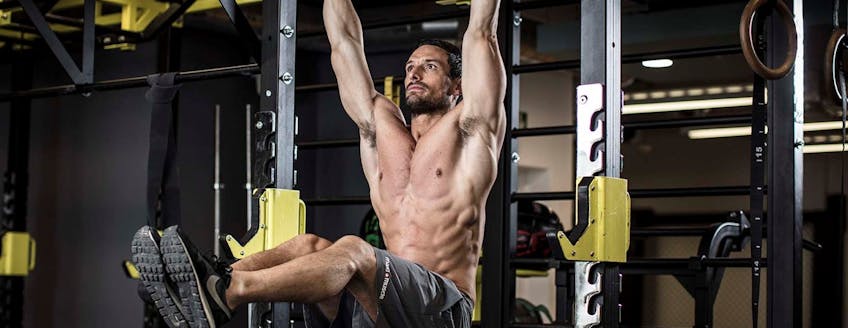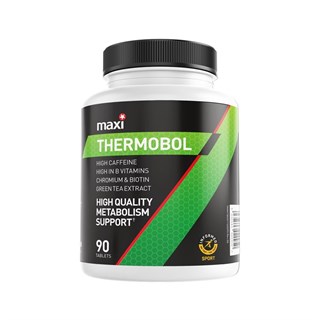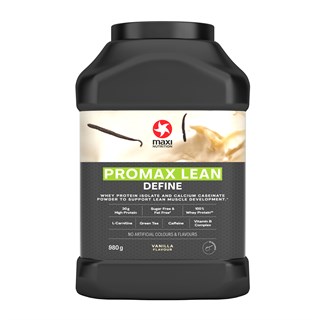What Does ‘Cutting’ Mean?
To help us better understand the finer points of cutting, we have enlist the help of Maximuscle Ambassador Sean Lerwill. With years of experience within the fitness industry Sean has a wealth of knowledge and shares his views and opinions on the best way to cut.
Over the last 10 years the fitness industry has seen a real shift in mainstream gyms from people just wanting to lose a little weight while becoming fit and healthy, in particular to people wanting to “get cut”. More than ever, Personal Trainers are expected to be able to provide someone with a 8, 10 or 12 week programme to help them “cut” up for summer; to become lean enough to reveal abs and striations. Usually by means of an incredibly intense programme and often an overly restrictive diet. Social media and fitness bloggers have made niche terms like “cut”, “off season” and “bulking”, from the bodybuilding world, part of the average gym goers vocabulary.
These days, its not just the competing fraternity that will speak about “being on a cut”, everyone from lads training for a holiday to Ibiza to girls getting ready for a wedding will use the term “cutting”. But what exactly is “cutting”? If you want to look lean or what some people call “toned” you need to lower your body fat. You’ll see people doing endless situps as they desperately want a six pack- that won’t work. They have a layer of fat over their abs. They need to “cut” that body fat. The abs are already there, they are just hidden under a small spare tyre.
To cut that body fat, i.e. remove it from the body to reveal lean muscle underneath, one must create a calorie deficit. Everything in life is about energy and to lose weight (be that fat or muscle) an individual must ensure the body is ingesting less energy (calories from food) than it needs. We all need different amounts of calories. The energy demand required can be calculated but differs dependent on a person’s age, weight, height and activity; which is dependent on an individual’s activity level – from a work and training perspective.
To be “cutting” you need to be purposely and thoughtfully (randomly starving yourself won’t work and doesn't count!) eating less calories than you need. It is also worthwhile providing the muscles with a strong stimulus via weight/resistance training to help the body retain muscle and breakdown fat for energy in preference. If you just eat a calorie deficit without resistance training and only cardio training you may lose more muscle than intended. For most people, holding onto hard earned muscle when cutting is paramount. Even those people that claim different as they just want to “tone up”, don’t want to lose muscle. Muscle is more metabolic than other tissue (fat included). It is also slow and takes time and effort to build, so don’t give it up easily. When cutting, do it properly!
Overall calories are most important; eating a decent amount of protein will help preserve muscle tissue. People often cut a macro such as fat or carbs very low or cycle it from low to high to help lower body fat while staying both sane (eating lower calories for prolonged periods can effect some peoples mood or worse) and trying to stabilise hormone levels, which can be affected by long periods under a calorie restricted diet.
Like anything, there are more ways than one to do it. Some things work better than others for one person but the opposite is true for another person. This can be down to body type, lifestyle, compliance or simply likes and dislikes. The bottom line is that a cut refers to a period of training when calorie consumption is below that needed to maintain weight and therefore causes the body to lose weight. Ideally by the correct food choices and training methodology that weight loss will be body fat and not muscle, resulting in a lean, muscular and aesthetic figure or physique.
For a basic guide on how to work out your cut click here for a cutting calories piece.
Article written by Gareth Nicholas
Related articles
4 week diet for cutting6 Exercises For Cutting


















